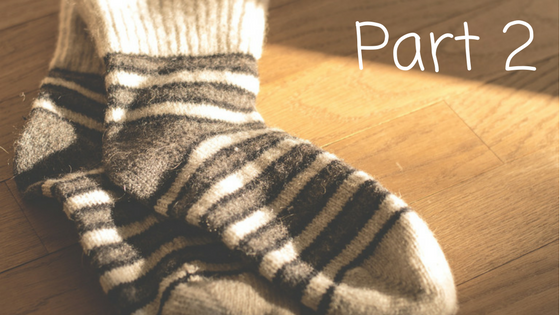Continued from Part 1….
Carpets
Warm carpets feel great underfoot and they also help maintain a healthy home by keeping humidity levels low. Underfloor heating also reduces unwanted air movement, lowering the amount of particles floating about in the air, keeping dust mites and other allergens in check.
Vinyl
Both electric and hot water systems can be used under vinyl flooring. You may need to use an insulated underlay and/or overlay in conjunction with the system for maximum energy efficiency. Again, it’s a good idea to check with the flooring supplier or manufacturer before installation over heated floors.
Will it heat the whole room?
It’s important to conduct a heat loss calculation to ensure that the system is suitable to use on its own. This can be done by an architect or a heating engineer and will help you to choose the correct heat output for the underfloor heating system.
It is also advisable to install the system with sufficient insulation, such as insulation boards, which reduce the heat-up time by pushing the heat to the floor level and preventing heat loss to the sub-floor.
Design Freedom
With an electrical system there are no heat vents, ducts, pipes, or mechanical rooms. So these systems give you complete freedom of design when remodeling or building your home.
You’ll free up wall space by eliminating baseboards and radiators in your rooms. This is especially useful in smaller rooms and bathrooms.
Which rooms can you use underfloor heating in?
- Bathrooms – Imagine being able to step out of the bath or shower onto a lovely warm floor? TIP: You can even heat the floor of your shower and your tiled shower bench-seat and backrest!
- Kitchens – These are tricky areas to find space for baseboards or heating vents and are perfect for underfloor heating. Especially as they often have tile or stone floors.
- Sun Rooms – Extend the length of time each season that you use your sunroom and take the chill off those cold days.
- Basements – Warm up a notoriously cold part of your home and transform it into a cozy haven.
Do It Yourself Installation
The system can be fitted by a competent DIY person, but you can also get a professional installer to fit the system for you. All electrical work, including wiring and connecting the thermostat to the heating system, needs to be completed by a certified electrician.
Warranties
Even though underfloor heating is known for its reliability once the system has been installed, it is important to make sure your system is covered with appropriate guarantees and warranties.
Whether you are looking at an electric or wet system, pay careful attention to the quality of the materials. The best electric underfloor heating systems are made out of a very thin yet strong wire called, fluoropolymer. And the best pipe for the hot water systems is PEX-a, as it’s flexible, yet strong and kink resistant.
Action Plan
Take another look at your renovation or building plans to determine whether one or more of your rooms could benefit from under-floor heating. Look first at your bathroom and kitchen as these are rooms where you really may appreciate a warmer floor surface.
If you have heated floors, let us know in the comment section below how much you love (or hate) them.

